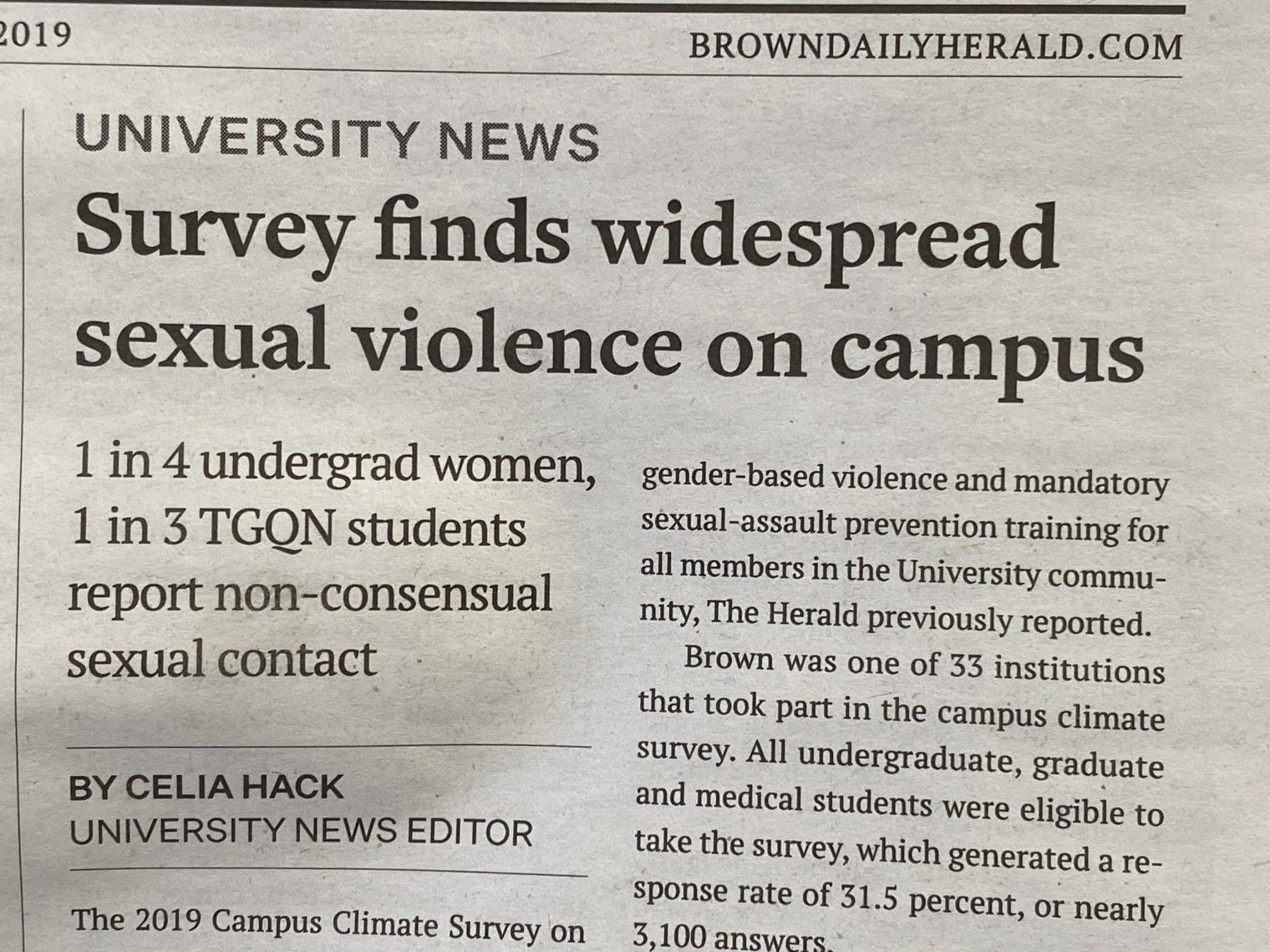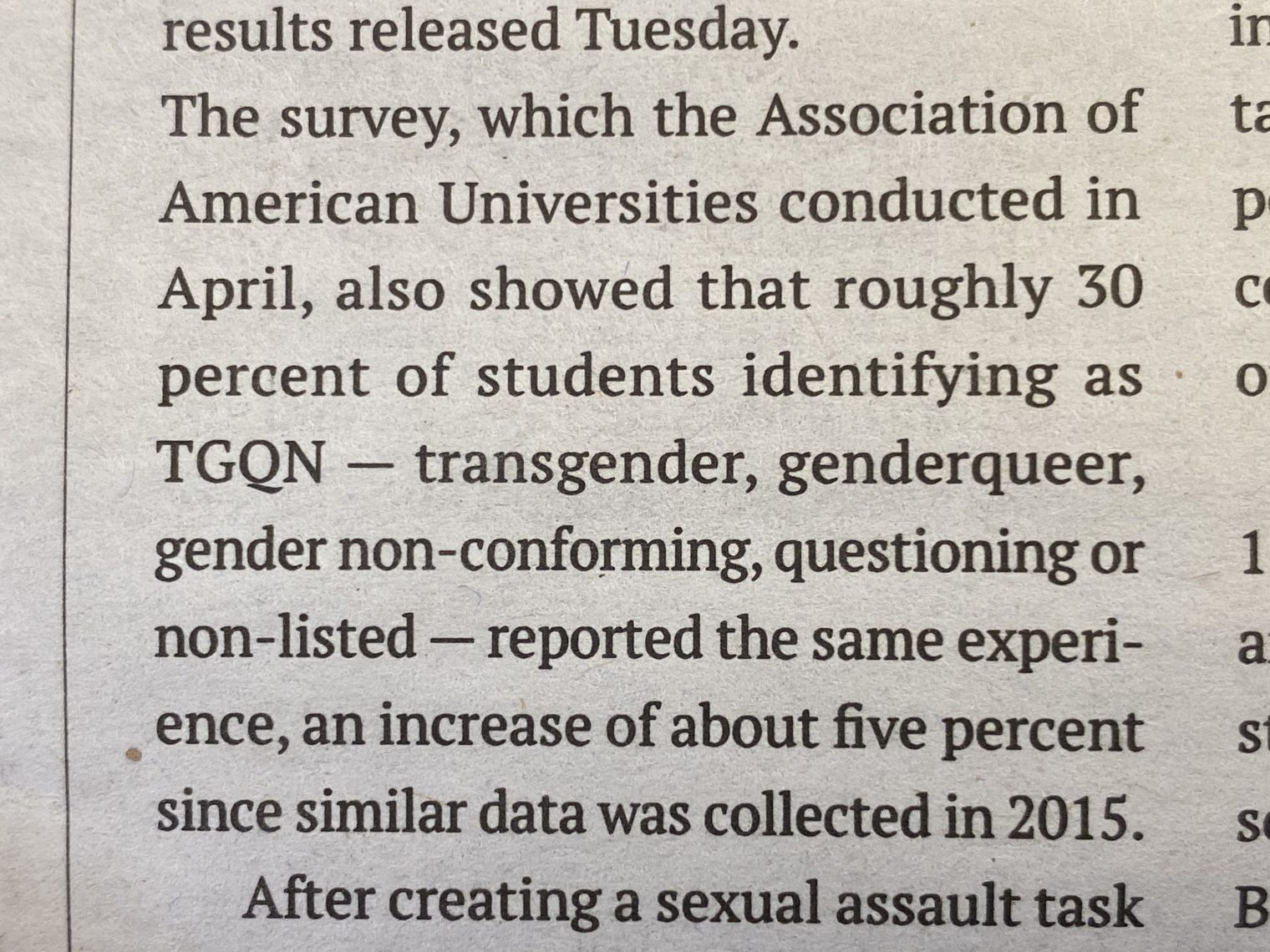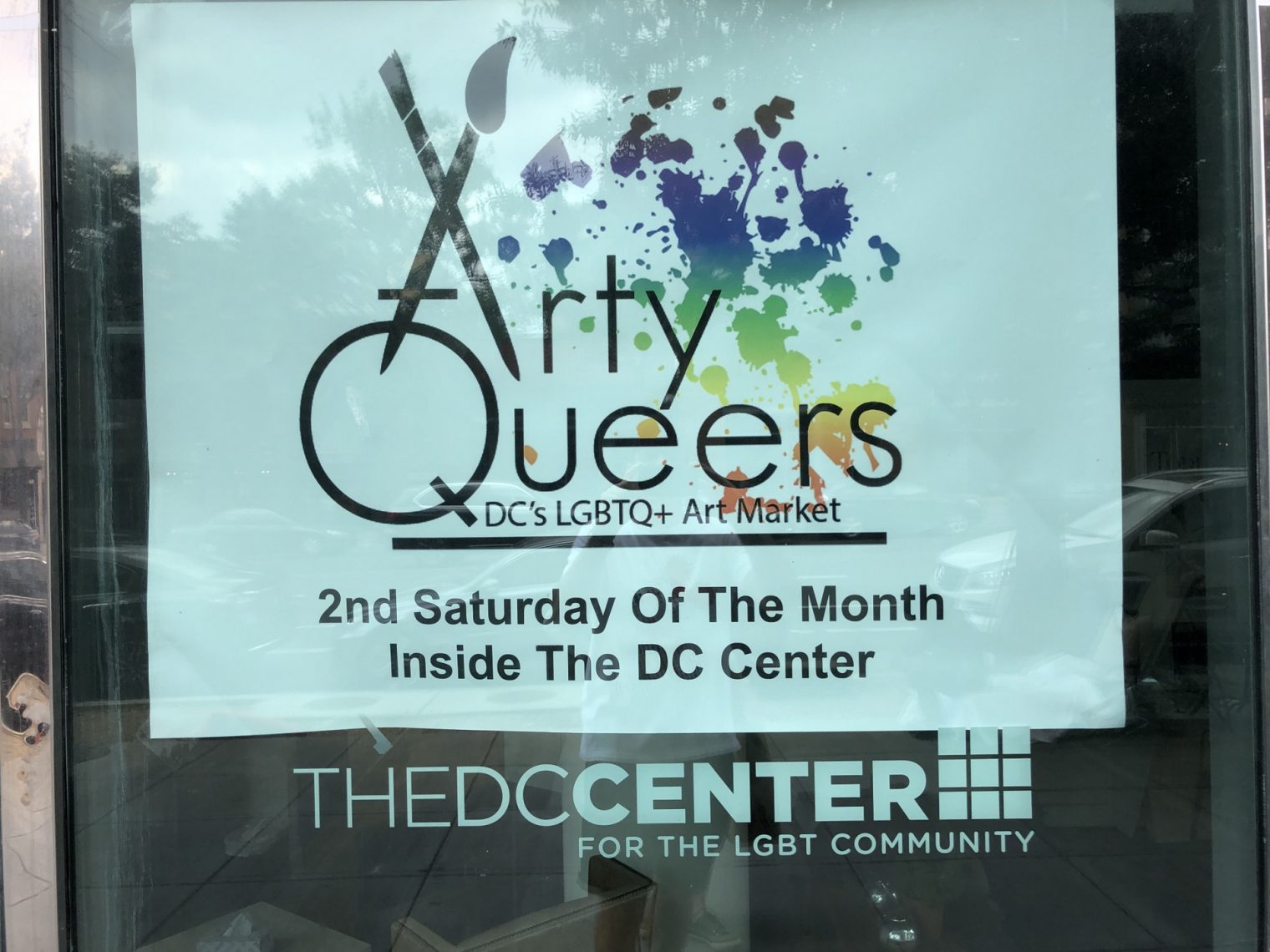Why aren’t LGBTQ activists working exclusively outside the US?
A Facebook friend posted “GOP reintroduces bill pitting ‘religious freedom’ against gay marriage”, adding the following:
I realized today that in future I should call this kind of discriminatory justification “Jane Crow”.
Not providing a marriage license? Won’t make a cake? Oh, I see: you support Jane Crow laws. Spread the word.
(As far as I know, he identifies as a cisgender heterosexual male living in a multi-million dollar house in Silicon Valley. So I think that his passion for LGBTQIA+ issues rather than, e.g., housing the homeless, is “yes” evidence for “Is LGBTQIA the most popular social justice cause because it does not require giving money?”)
I was in China at the time that he posted this. Although I agreed that having to find a non-Christian wedding cake supplier might be burdensome for an American, it occurred to me that I was surrounded by people for whom the adoption of rainbow flag religion would be a significant change.
If you want to be a warrior for this cause, you could come over here to China and liberate 1.4 billion people from the tyranny of mixed-sex marriage (link to “China’s parliament rules out allowing same-sex marriage”). Also, I have not seen a single all-gender restroom since landing in Shanghai. So you could pack a suitcase with rainbow flags and introduce the whole religion here! Note that it is illegal to be a single parent here and, since, same-sex marriage is not available, that means that a same-sex couple cannot reproduce (unless wealthy enough to pay for a child’s education, health care, etc. privately).
Why not copy the Gates Foundation with its “All Lives Have Equal Value” mantra? There are people in the U.S. who receive suboptimal health care, but the Gates Foundation folks concluded that, if all lives have equal value, the same amount of dollars and effort would go a lot farther in Africa. If “All LGBTQIA+ Lives Have Equal Value,” then wouldn’t it make sense to concentrate one’s lobbying in a country where same-sex marriage is not available at all, rather than one where same-sex marriage might entail some hassle?
A high-calorie hate parade in a Suzhou cake shop:
A righteous friend (another cisgender heterosexual male, I think) answered in the negative:
sadly, I think in this case we need to fight it here to keep our own house safe. then we can go deal with other nations. I am unhappy to say that, but it would be a shame to be off fighting for right in a foreign land, and then suddenly discover that you are no longer welcome back home….
I poked at him:
in the US, it seems that at worst a same-sex couple might have to patronize a cake shop run by the righteous. In China, the unhappy couple wouldn’t be able to get married at all (and if they traveled to Massachusetts on the spectacular Hainan Airlines for $650 round trip, as I just did, their MA marriage wouldn’t be recognized back home I don’t think). The Gates Foundation realized that the greatest need was overseas. Why isn’t the same true for the rainbow flag evangelists?
He responded:
a persons ability to BE an evangelist, and work a foreign country on issues like this, is 100% dependent upon that person having a strong place to stand in their home nation. the fastest way for the Chinese (or whomever) to sabotage the ability of americans to work in China on this (or any issue) is to attack them in the US, and I do not know if we get to blame China for the current difficulties here in the US, but those difficulties are certainly happening.
Me (jetlag is a great motivation to prod the Facebook righteous!):
couldn’t you make the same argument for the Gates Foundation then? Until every American has perfect health care, they shouldn’t be trying to improve things for the world’s poorest? (separately, do you truly think the “difficulties” faced by an American same-sex couple are in any way comparable to the challenges overseas? In the US, a same-sex couple in which neither adult works can have four children, live in public housing, be on Medicaid (MassHealth here), and shop with food stamps (SNAP/EBT). In all 5 states (subject to public housing waiting lists) they can live an entirely taxpayer-funded same sex lifestyle, regardless of whether this proposed bill passes.)
Him:
if someone was threatening the gates foundation with the ability to exist, then yes, absolutely. but we all know that is not the case, they are a very richly endowed and powerful operation, so they do not have this problem.
Me:
I didn’t realize that this bill proposed the extermination of same-sex couples and their children. In that case, it is brave of opponents to take a stand against the US military and police state! (Like the NYT and CNN here in China. They bravely cover the crimes of Donald Trump, but don’t say anything about Hong Kong. Once Trump is fully impeached they will have a sufficient base of virtue to say something on the topic of Hong Kong.)
Him:
I do NOT think that the problems of same sex couples in other nations are the same as those in the US. In some countries, they would simply be executed. But, my point is not at all about making such a measurement of one vs. the other. I was pointing out that the ability of a US person to take the fight to other nations is very much based upon their ability to be at least somewhat secure in their selves here in the US.
Me:
like NYT/CNN! When the last Republican dies of old age or moves to Mexico (Canada having already been claimed by the Trump-resisting Democrats), they will then feel secure enough to cover events in Hong Kong in their China-distributed content.
Despite this learned exchange, the question in my mind remains live. Instead of trying to ferret out the last pockets of resistance to rainbow flagism in the U.S., why wouldn’t it make sense for LGBTQIA+ warriors to proselytize to the large populations worldwide that have never heard the Good News?
(Separately, I think it would be interesting to go to China with a male friend and go into a series of cake shops asking for an “Adam and Steve” themed cake for our upcoming nuptials. Ideally, get it all on video!)
Related:
- “The Struggle for Gay Rights Is Over” (Atlantic): For those born into a form of adversity, sometimes the hardest thing to do is admitting that they’ve won. … Despite evident progress, however, many gay-rights activists are hesitant to exult in their victories. To listen to some movement grandees is to think that the situation has actually never been worse. … If you had told gay activists 10 or even five years ago that their energies would center upon campaigns related to various foods—forcing pious pastry chefs to make cakes and boycotting Chick-Fil-A, or “hate chicken,” because its Christian owner has donated money to efforts opposing same-sex marriage—most would have considered their missions complete.












